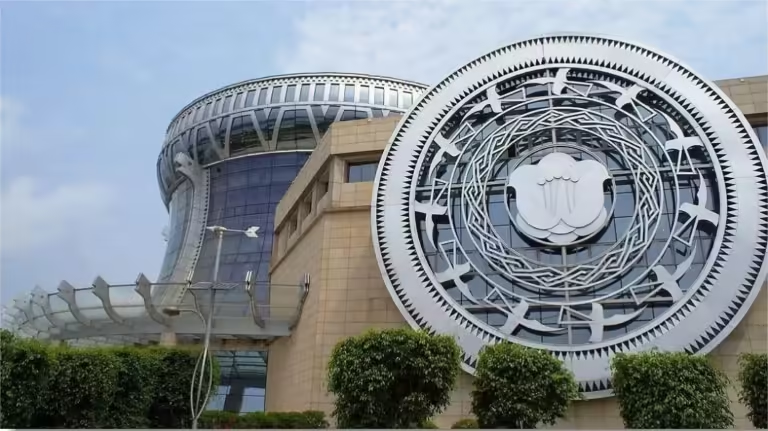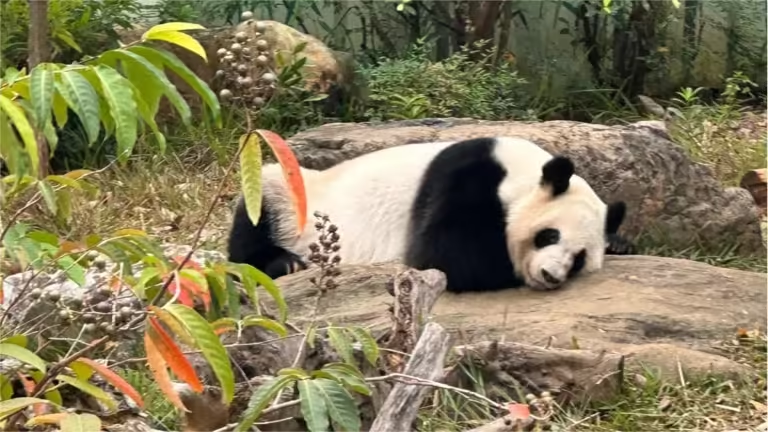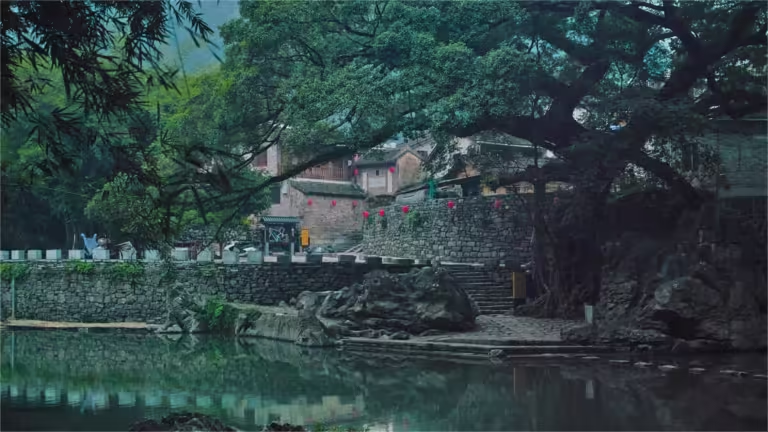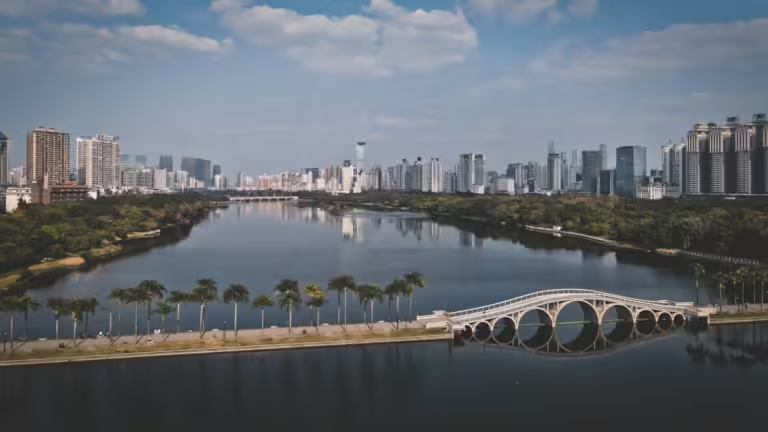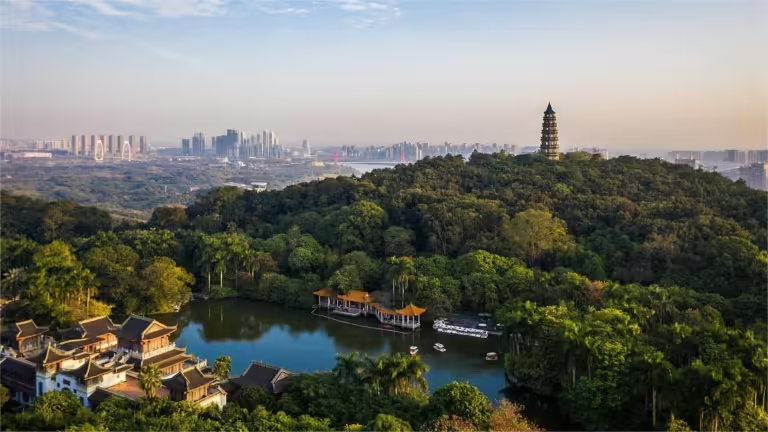Nanning Travel Guide
Nanning, the capital of Guangxi Zhuang Autonomous Region, holds a history of 1,680 years. In 634 AD, Emperor Taizong of the Tang Dynasty named it Yongzhou, from which its abbreviation “Yong” originates. Later, in 1324, the Yuan Dynasty designated it as Nanning, symbolizing peace in the southern frontier.
Known as “China’s Green City,” Nanning is famous for its abundant greenery, with a unique urban layout described as “half city, half forest.” This harmonious blend of nature and urban life has earned the city the United Nations Habitat Award. Life in Nanning unfolds at a leisurely pace, reflecting a deep appreciation for simplicity and balance. Strolling along the cobblestone paths of ancient towns, discovering local delicacies in old arcade-lined streets, or relaxing in parks while watching the sun’s golden glow dance on rippling waters – all are quintessential experiences that capture the spirit of Nanning.
With its location south of the Tropic of Cancer, Nanning enjoys a long summer, a short winter, and fleeting spring and autumn seasons. The city’s evergreen landscape makes it a destination for all seasons. From February to March, the city bursts into a spectacle of blooming flowers, attracting photographers to parks like Golden Camellia Park and Flower World. In winter, the outskirts of Nanning reveal a surprising feature – snow on Daming Mountain, offering visitors a chance to marvel at frosty landscapes on the Tropic of Cancer.


